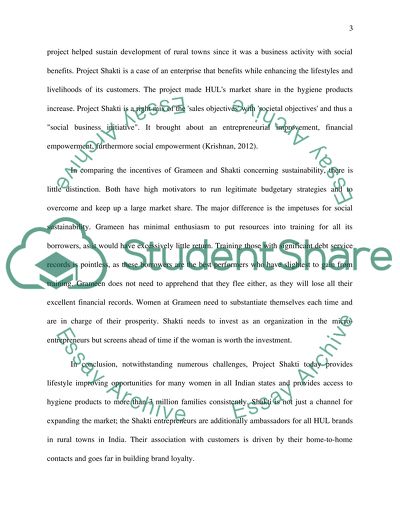Project Shakti - Hindustan Lever Case Study Example | Topics and Well Written Essays - 500 words. Retrieved from https://studentshare.org/sociology/1682326-project-shakti-hindustan-lever
Project Shakti - Hindustan Lever Case Study Example | Topics and Well Written Essays - 500 Words. https://studentshare.org/sociology/1682326-project-shakti-hindustan-lever.


